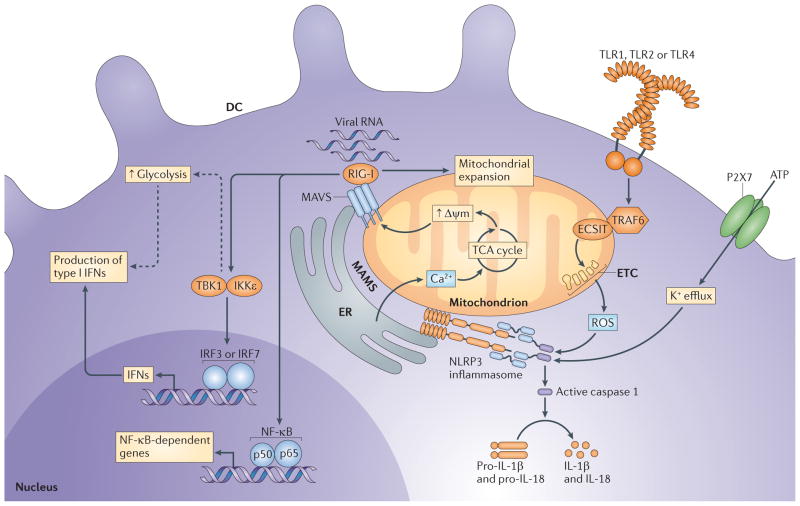Figure 3. Mitochondria are foci for the integration of metabolism and innate responses.
The mitochondria-associated membranes (MAMs) are areas of close interaction between mitochondria and the endoplasmic reticulum (ER). The MAMs are the sites at which mitochondrial antiviral signalling protein (MAVS) and the NOD-, LRR- and pyrin domain-containing 3 (NLRP3) inflammasome localize and they serve as a Ca2+ store to maintain mitochondrial calcium concentrations. MAVS interacts with retinoic acid-inducible gene I (RIG-I)-like receptors (RLRs) that have sensed viral RNA. The MAVS–RLR complex is then able to initiate signalling to induce expression of cytokines and theoretically promote increased glycolytic flux to support dendritic cell (DC) activation and type I interferon (IFN) responses (indicated by the dashed arrows). MAVS–RLR signalling is dependent on active mitochondria with a high mitochondrial membrane potential (Δψm) and reciprocally serves to promote mitochondrial expansion. NLRP3 is sensitive to reactive oxygen species (ROS) that are produced by the electron transport chain (ETC) and also senses ATP-driven decreases in intracellular potassium concentrations. Once activated, NLRP3 activates caspase 1, which is able to cleave and thereby activate the pro-forms of interleukin-1β (IL-1β) and IL-18. Increased ROS production can be promoted by Toll-like receptor 1 (TLR1), TLR2 and TLR4 signalling through the activation of tumour necrosis factor receptor-associated factor 6 (TRAF6), which relocates to the mitochondria. There, in conjunction with evolutionarily conserved signalling intermediate in Toll pathway (ECSIT), TRAF6 promotes ROS production by the ETC. IKKε, inhibitor of nuclear factor-κB kinase subunit-ε; IRF, IFN-regulatory factor; NF-κB, nuclear factor-κB; P2X7, P2X purinoceptor 7; TBK1, TANK-binding kinase 1.

